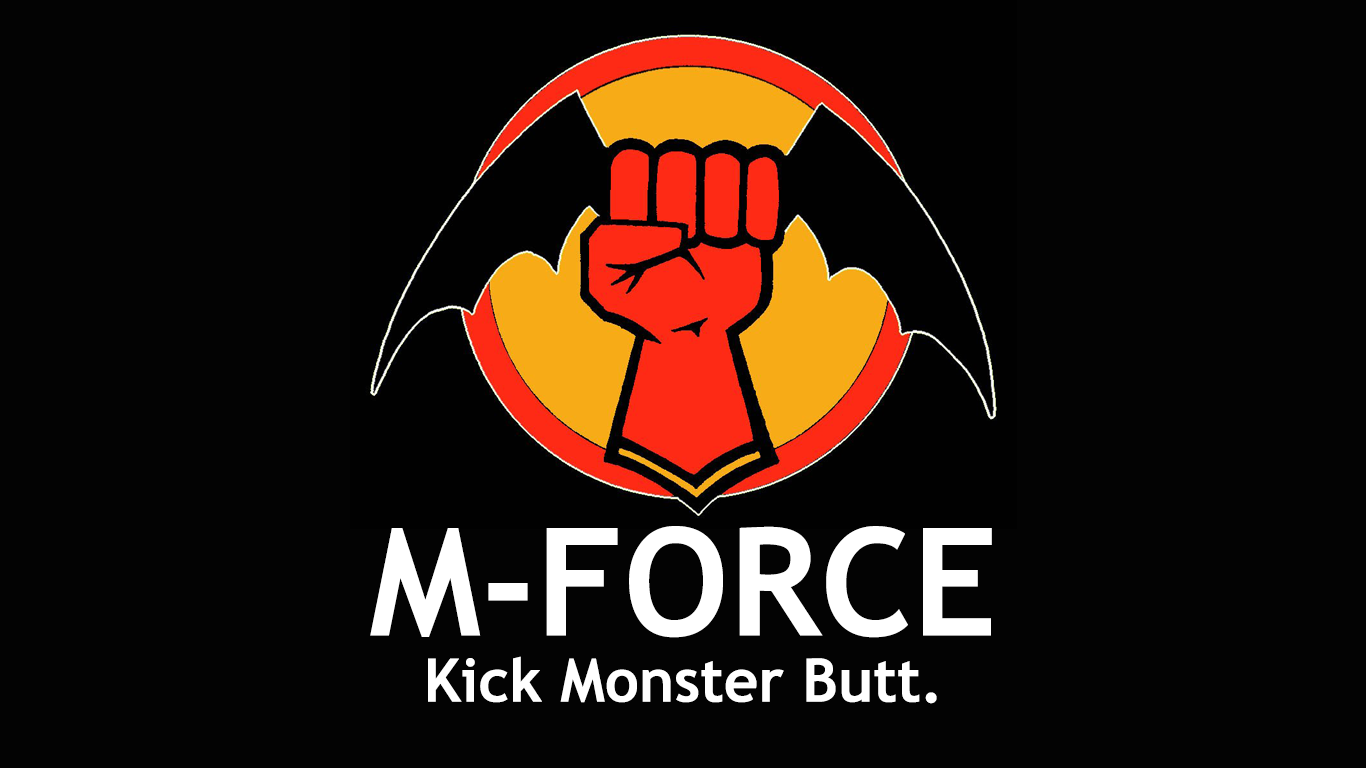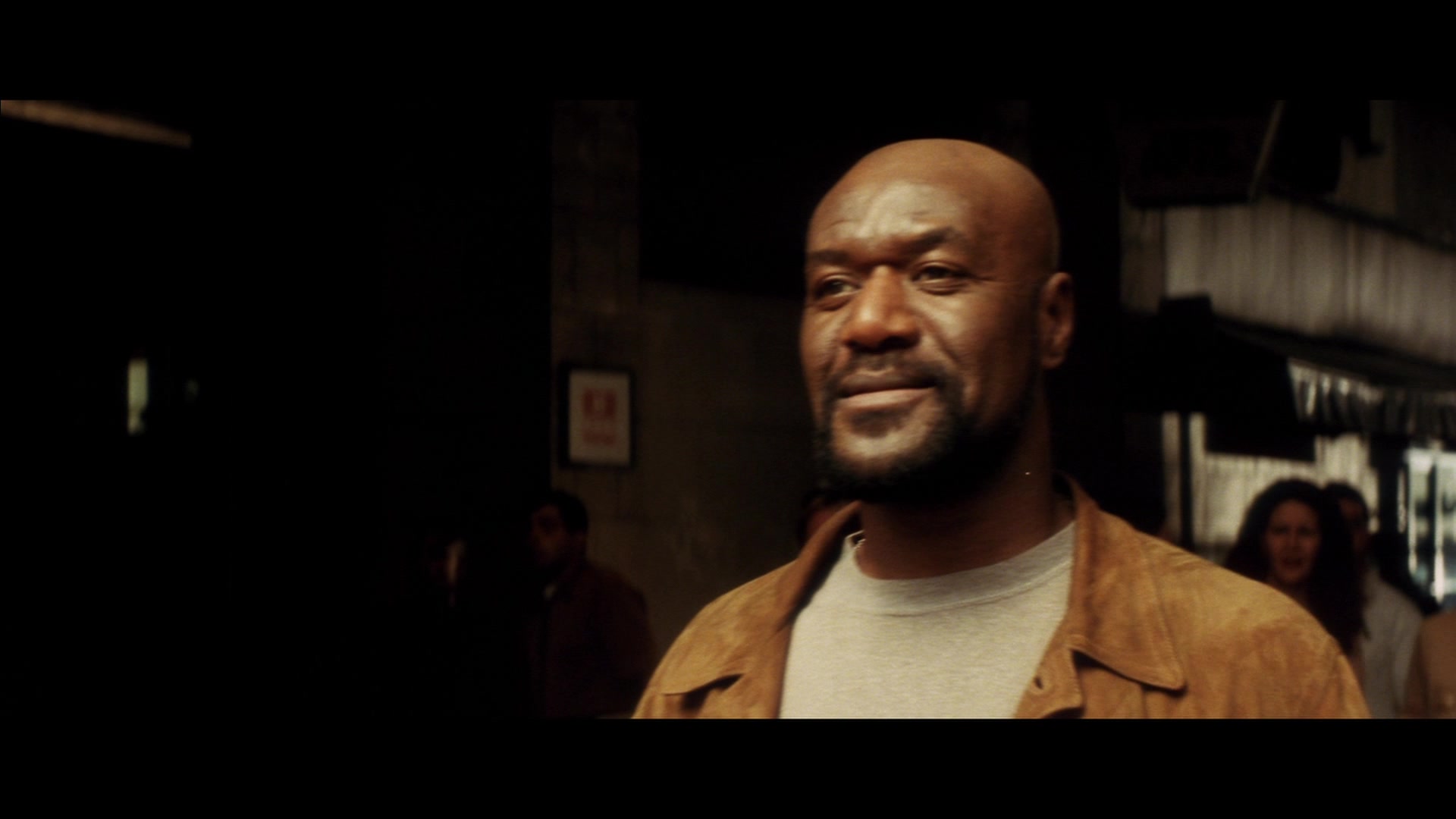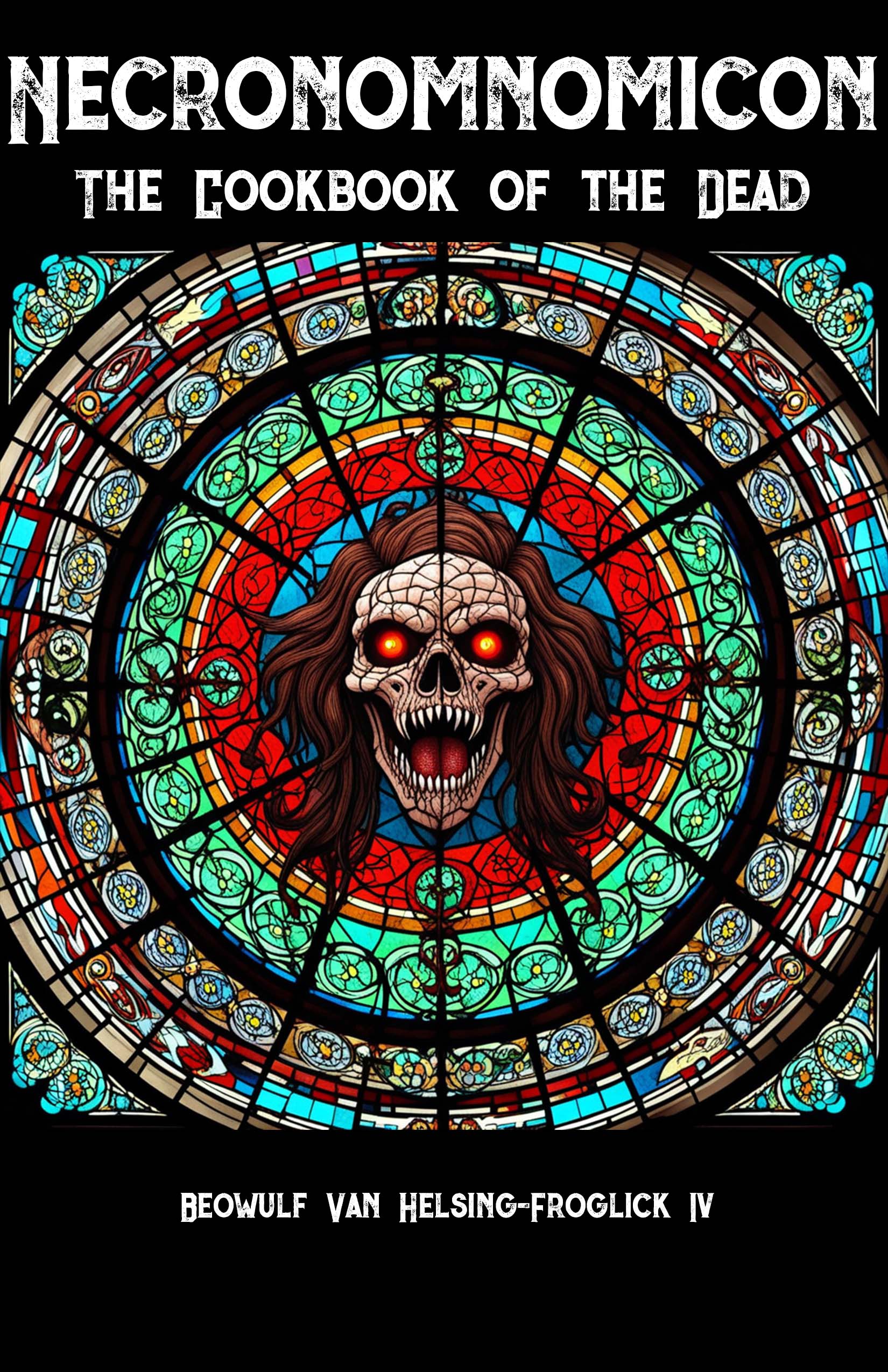We may earn money or products from the companies mentioned in this post.
Over the years, monster hunters and researchers have developed their own jargon to describe the kinds of creatures that they regularly have to deal with. While some of the terms given below have very specific definitions in the world of research and academia, the definitions provided here focus on the most common usage.
 Aberrations: Extreme or unusual variations of normal animals, most commonly extremely large or hostile versions of a normal creature. Some aberrations are the result of normal evolutionary mutations, but most are caused by exposure to radiation or chemical agents, unethical scientific experimentation, disease, and other human factors. The most well-known examples of this type of creature are the giant irradiated ants, scorpions, and other creatures commonly encountered in the Southwest throughout the 1950s and 60s.
Aberrations: Extreme or unusual variations of normal animals, most commonly extremely large or hostile versions of a normal creature. Some aberrations are the result of normal evolutionary mutations, but most are caused by exposure to radiation or chemical agents, unethical scientific experimentation, disease, and other human factors. The most well-known examples of this type of creature are the giant irradiated ants, scorpions, and other creatures commonly encountered in the Southwest throughout the 1950s and 60s.
The Afflicted: Humans or other peaceful sentients suffering from curses, mind control, and similar conditions. Examples include werewolves and victims of possession.
Beasts: Rare but apparently normal animals that are dangerous enough to merit the intervention of trained monster hunters. Examples include Chud’beths, Gumberoos, and Devil Monkeys.
Constructs: Man-made monstrosities such as golems, clockwork automatons, and evil robots.
Cryptids: Creatures whose existence has not been confirmed. The term is also commonly used to describe creatures whose type or species has yet to be determined. Sort of the monster hunters’ way of saying “unknown assailant.”
Evolutionary Throwbacks: Creatures once believed to be extinct that still survive in small numbers. Most lake and sea monsters and a number of cryptids fall into this category.
Extraterrestrials: Creatures that are native to our reality, but not to earth, including intelligent aliens like Martians and Venusians. Galaxikhan is the most well-known extraterrestrial monster to ever plague Earth, but small groups of less spectacular creatures like Electric Linguine and Flesh-Eating Woodchucks from Planet Zalooga have also taken up residence here.
Ghosts: Psychic imprints or remnants of the dead. Ghosts are divided into four general categories:
- Phantoms: Incorporeal apparitions that are tied to a specific location and do not seem to have any real intelligence. They are often compared to a video recording, playing over the same scenes over and over again with only minor variations and always the same outcome. Phantom hitchhikers and most hauntings fall into this category.
- Poltergeists: Invisible, incorporeal ghosts with the ability to affect the physical world. Most poltergeists haunt a particular location, but there are documented cases of “polts” following former inhabitants to new places. While most people associate poltergeists with violent harassment, sometimes they can be helpful–moving lost items to a place where they will be more easily found, for example. Poltergeists seem to be capable of understanding what goes on around them and are presumed to have at least some kind of intelligence. It should be noted that poltergeist-like activity is not always indicative of a haunting, as latent psychic powers can sometimes manifest in ways very similar to a poltergeist.
- Wraiths: Intelligent, semi-corporeal ghostly beings. Personality-wise, wraiths are identical to the person they appear to be. However, the fact that many wraiths take on the appearance and memories of the person at a particular stage in life, and that in some cases multiple wraiths of the same person have been encountered suggests that the wraith is at best a splinter of the person’s soul or spirit (see Dr. Stanley Ampersand’s The Ghosts of Elvis: The Implications of Ghostly Manifestations on the Concept of Identity).
- Spectres: Malicious ghostly creatures that are similar to wraiths but seem to have more control over their ability to interact with the physical world. They also often have mannerisms and knowledge that differs from the deceased. Some parapsychologists speculate that spectres are the result of an ultra-dimensional spirit taking over a wraith in order to gain entry to our reality.
Humanoids: Creature with a human-like body structure. Since some non-human creatures find the term derogatory outside of its morphological context, it is usually only used to describe humanoid monsters such as hecklestimps and goblins. Non-monstrous humanoids are usually referred to as either “non-humans” or “peaceful sentients.”
Magical Creatures: Creatures who seem like normal animals but have traits or abilities that cannot be explained by modern science. Examples include harpies, phoenixes, and dragons. Many researchers believe that most magical creatures are originally ultradimensional in origin.
Monsters: Creatures that are known to be malicious by nature and can be killed on sight.
Non-Human: A more politically correct term for “humanoid.”
Peaceful Sentients: Intelligent non-humans who are capable of free will.
Shape Shifters: Creatures who are capable of significantly altering their physical form, such as werewolves and rougarou.
Undead: Dead bodies that have been re-animated. Some people extend the definition to include other creatures closely associated with death and the dead–banshees and ghosts, for example. Examples include vampires, zombies, and living mummies.
Ultraterrestrials: Creatures from other realities with the ability to cross dimensional barriers and visit our world. There are several categories of ultradimensional creatures:
- Demons: Malicious ultradimensionals. Examples include Wampus Cats and Crossroads Demons. The word is most often used to describe humanoid ultradimensionals, but can also describe Hell Hounds and similar creatures.
- Elementals: Creatures from realities that are highly attuned to a particular natural element, force, or phenomenon. While most people think of the classical elements (fire, earth, air, and water) when they hear the word, other types of elementals (plant and lightning elementals, for example) also exist.
- Fairies: Humanoid creatures from a specific alternate dimension (usually called “Fairy”) with very high levels of magic. Fairies tend to be mischievous and somewhat annoying, but most are intelligent and in possession of free will. Therefore, with only a few exceptions (such as redcaps, who are too stupid to curb their violent behavior), fairies are not classified as monsters.
- Imps: Ultradimensional creatures who feed off of human emotions. Examples include the Crescent Valley Horror and Succubi/Incubi.
- Spirits: Malicious ultradimensionals whose physical forms cannot exist in our dimension. As a result, they usually manifest in our world either as semi-corporeal ectoplasmic entities or by possessing living creatures (or, more rarely, inanimate objects). Although most laymen refer to spirits who possess humans as “demons,” monster hunters prefer the term “spirit” to distinguish them from physical demonic entities. Examples of spirits include Homonculi, Rashasa and Banshees.




